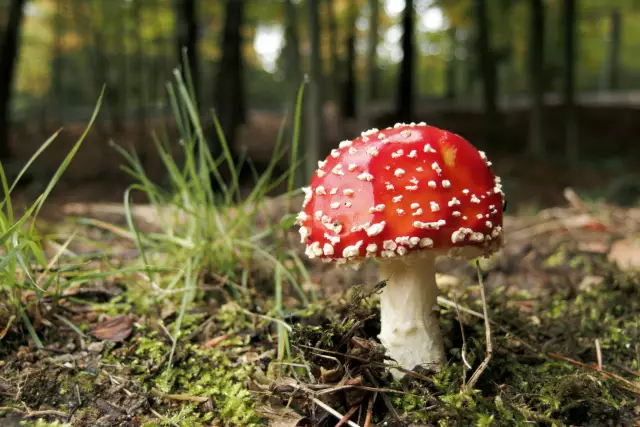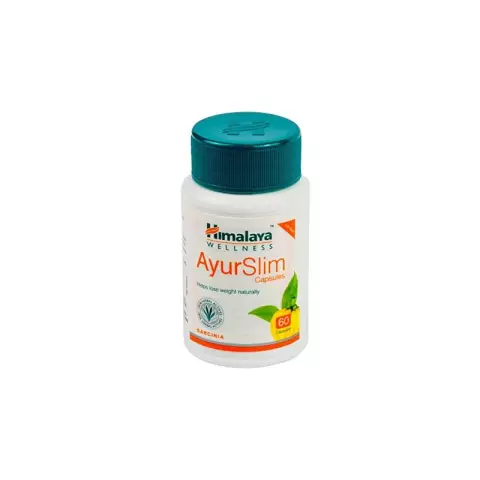- Author Rachel Wainwright [email protected].
- Public 2023-12-15 07:39.
- Last modified 2025-11-02 20:14.
Linden flowers
Instructions for use:
- 1. Pharmacological action
- 2. Release form
- 3. Indications for use
- 4. Contraindications
- 5. Method of application
- 6. Storage conditions
pharmachologic effect

The Linden genus unites about thirty species of trees and over a hundred hybridogenic species. The trees are characterized by a powerful trunk, a dense crown and a long life expectancy - on average more than 300 years. The most common type is the small-leaved linden, which is used as a medicinal, melliferous, technical and food plant.
Linden begins to bloom at 20-30 years of age, usually in June-July for two weeks. Linden flowers are harvested when more than half of the flowers are blooming, and the rest are in the budding stage.
The collected Linden flowers are dried in well-ventilated rooms, in the shade in the air or in special dryers at a temperature not exceeding 45 degrees. From 1 kg of fresh flowers, on average, about 300 g of dry raw materials are obtained. When stored properly, Linden flowers do not lose their medicinal properties for 3 years.
The healing properties of Linden flowers have been known for a long time and are used in both traditional and folk medicine. Linden flowers contain bitter and tannins, essential oil, saponins, flavonoids, vitamins, sugar, coumarin, wax, glucose, carotene, micro and macro elements. The healing properties of Linden flowers allow them to be used as a diaphoretic, sedative, diuretic, anti-inflammatory and astringent to improve gastric secretion, sweating, increase the secretion of the digestive glands and facilitate the outflow of bile.
Linden is used to obtain Linden coal, which is used as an absorbent for tuberculosis, food poisoning, stomach ailments and diarrhea and as an external agent for the treatment of bleeding open wounds. Tar is obtained from linden wood, which is widely used to treat eczema. Linden bark harvested in winter is used as a choleretic agent. Fresh crushed Linden buds are used as an analgesic and anti-inflammatory agent for burns.
Release form
Linden flowers are produced in the form of crushed plant materials in packs of 100 g.
Linden blossom is also used as part of various medicinal preparations and dietary supplements.
Indications for use
Linden flowers are used as a diaphoretic diuretic, expectorant and bactericidal agent for colds.
Also Linden flowers in the form of rinses are used for gingivitis, stomatitis, sore throat or laryngitis.
Outwardly, in the form of lotions, linden blossom can be used for edema, inflammation of hemorrhoids, rheumatism and gout.
Contraindications
For a long time, tea from Linden flowers is used with caution due to its stimulating effect on the nervous and cardiovascular systems.
Mode of application
Usually, Linden flowers are used in the form of linden tea for colds, sore throats, headaches, croupous pneumonia. Hot tea is usually drunk at night.
Outwardly, an infusion of Linden flowers is used to rinse the mouth and throat for gingivitis, stomatitis, sore throat and laryngitis. An infusion of linden flowers is used to prepare baths in the treatment of nervous diseases.
Linden flowers are often used for weight loss. It should be remembered that Linden flowers are primarily a medicinal herb, and it should not be consumed for a long time without interruption.

Linden flowers for weight loss are taken both independently, in the form of tea or dry crushed linden blossom, and in combination with other medicinal herbs, for example, chamomile and birch buds.
Prepared teas are used daily before meals.
Also, the effect of using Linden flowers for weight loss increases if you apply medicinal infusions after a bath or sauna.
Storage conditions
Linden flowers, like other herbal preparations, are released without a medical prescription and stored for up to 3 years.
Information about the drug is generalized, provided for informational purposes only and does not replace the official instructions. Self-medication is hazardous to health!






